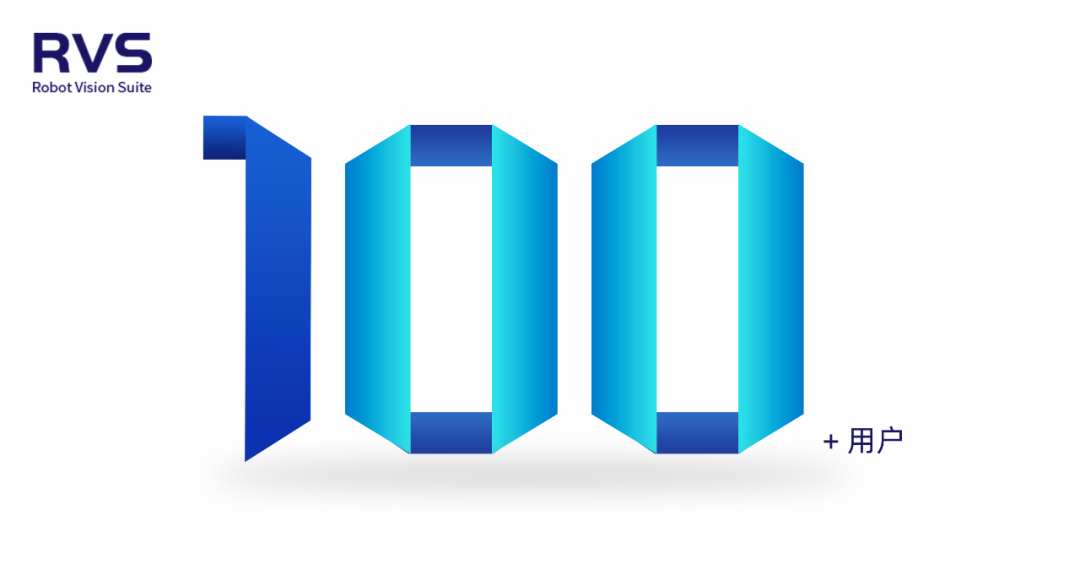On May 1, 2022, Tuyang RVS machine vision development platform was officially launched, with the service model of "free license + powerful algorithm library + low-code graphical secondary development + system integration", disruptively solving the long-term problems of high technical threshold and long project cycle in traditional 3D vision projects, and significantly reducing the difficulty of hand-eye collaborative development.
At the same time, in order to meet the use of the needs of the majority of partners, tuyang RVS thematic training online parallel start, multi-industry customers actively support teaching activities and experienced in-depth software services, we witnessed the technical innovation and capability upgrade of the image RVS in hand-eye application development.
On-line so far, RVS authorized users have officially broken the hundred.

In the future, it is believed that more and more 3D vision developers will continue to expand the development team of RVS, bring hand-eye collaborative applications based on RVS into more rich use scenarios, and promote the large-scale popularization of 3D vision.
At the same time, the RVS development team continues to listen to users through the RVS developer community, and has been driving iterative upgrades at a rapid pace since it was publicly launched, and currently supports everything from functionality to interfaces, in addition to the Windows/Linux platform, bring a series of new functions and new experiences to users.
Today, let's take a look at the highlights of the RVS upgrade:
1.Switch between shallow and deep interfaces with one click
The RVS developer community to address the user feedback RVS Dark interface reflective problem, RVS update, the interface set a new Light mode, users can be in the RVS Menu Bar-& GT; toolbar through the Dark/Light option, a key to the corresponding depth interface switch.

2.Windows supports secondary development
Starting with the 1.4.460 version of RVS, the software will be installed with the RVS secondary development package, including Windows developers commonly used SLN project files to help start, to meet the needs of more developers.
3.New Dashboard coming online
A new Dashboard that integrates process modeling and project practice is being rolled out. It's easy to use, accurate and real-time, making the Dashboard a more efficient, intuitive and convenient experience.

4.Python re-development
Support Python language to write RVS operators, currently based on C + + and Python language for secondary development, welcome developers to explore the first.
5. Algorithm upgrade
The rvs_python upgrade replaces rvs_ai, which can add multiple inference operators of MaskRCNN in one project, greatly simplifying the editing logic of the project project.